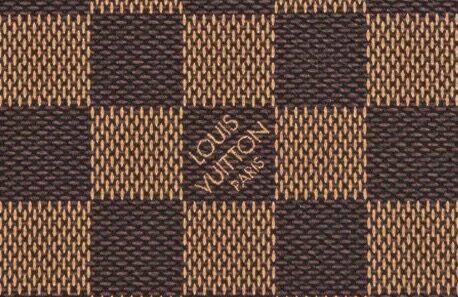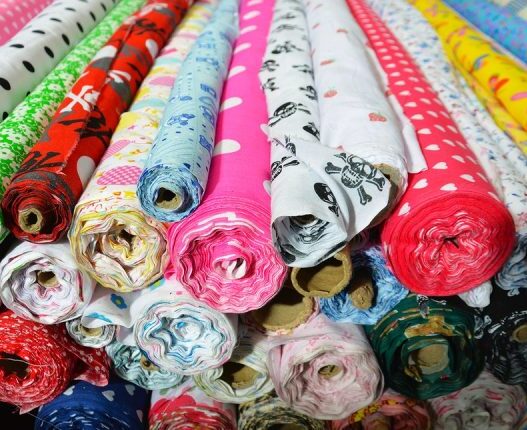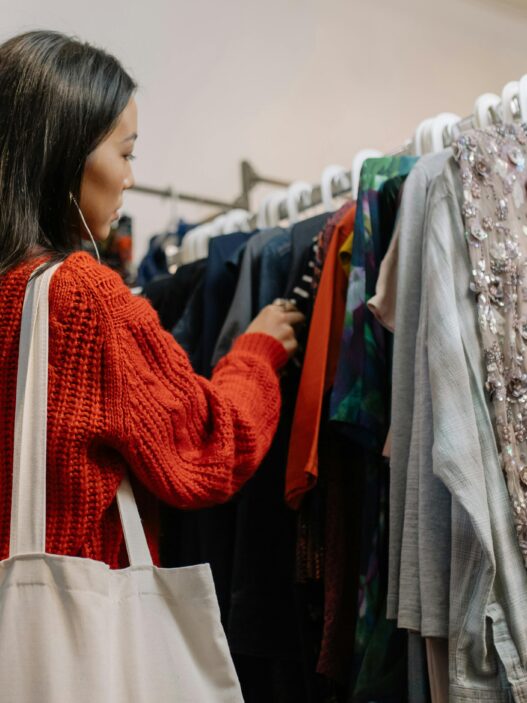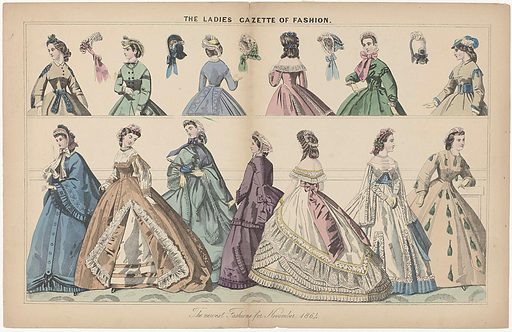Vintage clothing and used luxury items were once things you could find in a thrift store in a nice neighbourhood. Now, reselling designer goods has shifted into a multi-billion-dollar industry. With the rise of social media, online shopping, and an increased demand for sustainable fashion, the second-hand luxury market is alluring for those seeking designer items at a lower price point. Moreover, the secondhand luxury market can make it easier to acquire coveted designer items that are not readily available in stores or online. Typically, people wait years and spend thousands of dollars at a Hermès store before being offered the opportunity to buy a Kelly or a Birkin. On a resale platform such as the RealReal or Fashionphile, a consumer can purchase one of these coveted bags in seconds, albeit at an elevated price point. The benefits of the second-hand market draw millions to similar platforms each year. However, the benefits of the second-hand market are not without intellectual property, consumer protection and liability issues.
Intellectual Property
In terms of Intellectual property, when a brand designs, creates, and sells an item, the intellectual property of that item belongs to that brand. Luxury brands such as Chanel and Hermès have disfavored the secondhand market for decades. This has given rise to court cases where a luxury brand claims a second-hand platform is selling its intellectual property without its permission. However, the common law first sale doctrine allows for the resale of a lawfully purchased item without the consent of the brand. However, intellectual property issues of the resale market don’t end at items knowingly sold or distributed without the designer’s authority. Intellectual property issues also extend to counterfeiting and trademark infringement. The definition of counterfeiting and liability for doing so is mostly determined by state statute. For example, In Washington State, Rev. Code Wash. § 9.16.030 states “[a]ny person who willfully and knowingly, and for financial gain, manufactures, uses, displays, advertises, distributes, offers for sale, sells or possesses with intent to sell or distribute any item, or offers any services, bearing or identified by a counterfeit mark, is guilty of the crime of counterfeiting.” The liability of a second-hand platform for counterfeits depends on their mens rea. The mens rea of knowingly or willfully applies to all aspects of the statute, including the element of the counterfeit mark. Thus, if the secondhand platform believes the item to be authentic, it would not be liable under the Washington statute.
Consumer Protection
In terms of consumer protection, any false claims about the authenticity of a luxury item or its affiliation with a luxury brand may lead to liability for a second-hand platform under consumer protection laws. This risk may be mitigated if the second-hand platform provides proper disclaimers. In Chanel, Inc. v. RealReal, Inc., a New York district court found that, because the RealReal placed disclaimers on its website that its authentication process may not catch every instance of fraud, this disclaimer was too vague and hidden for a dismissal of the case. [1]. This case emphasises the importance of consumer transparency. While the RealReal did provide a disclaimer, the disclaimer was hidden and worded in a way that could cause customer confusion. This case further shows that disclaimers must be clear and visible to the consumer in order to avoid prolonged legal battles.
Luckily for consumers, there are several state consumer protection laws that may apply to protect their rights in the secondhand market. Most importantly, a consumer has the right to redress. If a consumer purchases an item on a platform such as the RealReal or Fashionphile that turns out to be fraudulent, the consumer has the right to a refund or a genuine replacement. The consumer also has the right to take legal action against the secondhand platform. Furthermore, laws against fraudulent misrepresentation, counterfeit goods, and trademark infringement further protect a consumer’s rights.
Liability Issues
In terms of liability issues, a resale platform will be liable for counterfeit goods and trademark infringement if it has specific knowledge of the counterfeit or fraudulent goods being sold on its platform. In Tiffany (NJ) Inc. v. eBay, Inc., the court clarified that general knowledge of counterfeiting behaviour is insufficient. Liability occurs only when the platform has “contemporary knowledge of which particular listings are infringing or will infringe in the future.”[2]. Liability can extend beyond online platforms or individual store owners. A property owner who allows the sale of counterfeit goods on their premises may also be liable. In Luxottica Grp., S.p.A. v. Greenbriar Marketplace II, LLC., the court held that the property owner or a shopping centre’s failure to stop the sale of counterfeit goods was sufficient to establish contributory infringement liability. [3]. This case is imperative as it explains that when a property owner knows or should know that a vendor is selling counterfeit merchandise on their property, the property owner will also be liable.
Second-hand markets for luxury goods certainly provide a plethora of benefits to consumers. They are cheaper, promote sustainability, and allow people to make some money off of luxury items they no longer use. However, the second-hand market can also be dangerous for consumers, companies, and property owners. As a consumer, it is important to make sure you are purchasing your items from a reliable seller, and to know your recourse if the item you purchase is not as described or counterfeit.



















